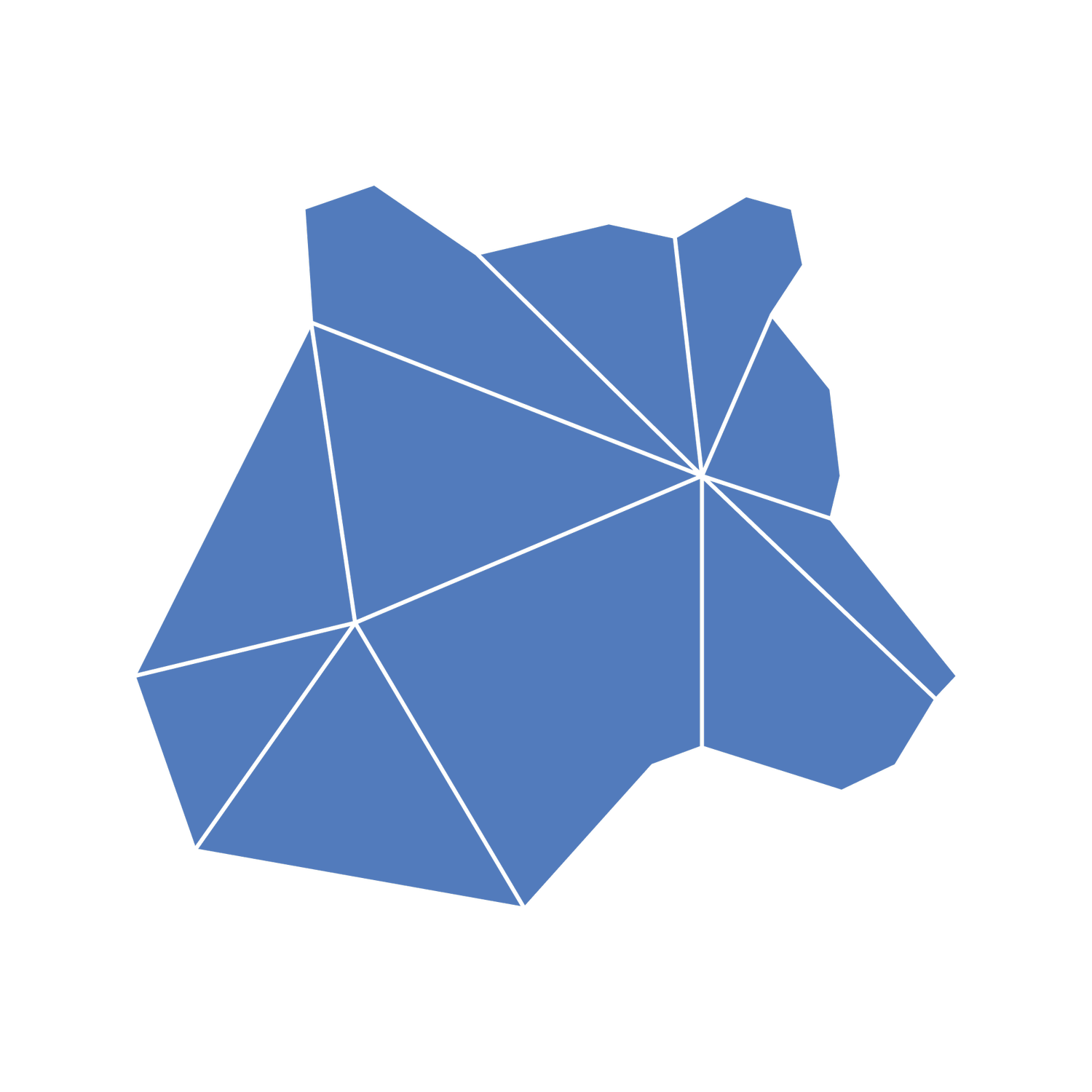OPN Healthcare
SOFTWARE BUILDING AND DATA VISUALIZATION

SCOPE OF PROJECT
Geographic Analytics and Patient Modeling
Timeline: September 2024 - January 2025
What We Did: Developed a modular data visualization web app, conducted geographic data analysis.
Tools: Python, Streamlit, ML Modeling, Web Scraping, Data Analytics/Visualization frameworks
“We offered two projects to UCLA Data Science Union and they executed both unique projects with professionalism and technical aptitude. The process from start to finish was flexible yet thorough which was greatly appreciated given the diversity of skills required for both projects. OPN is excited to implement what they have worked on into our own analysis and applications to help us continue to improve and deliver value-based care”
Goal of Project
Present patient distributions and travel distances in an interactive dashboard
Identify capacity bottlenecks and underserved regions for potential new facilities
Analyze monthly claims trends and repeat vs. single-visit patient load
Provide easy-to-use filtering, distance computations, and key metrics for stakeholders
Guiding Questions
How can we best map patients’ travel patterns to each facility?
Which distance computation method (Haversine, OSMnx, Google Maps) is most appropriate?
How can we visualize capacity vs. demand over time?
Can external public health data enrich our analysis of patient clusters?
Description of Project
OPN Healthcare is a management services organization focused on cancer care, and they work with oncology providers to develop systems for value-based cancer care in the community. They had an untapped resource – geo-coded patient claims data – and asked DSU to uncover findings to better serve their partners and the community at large.
Our Findings
Phase 1: Data Ingestion & Prep
Ingested and cleaned patient claims CSV data
Set up columns for latitude/longitude, dates of service, line-of-business categories
Implemented filters for date ranges, line-of-business, and minimum claims
Phase 2: Distance Computation & Visualization
Deployed multiple distance methods (Haversine, OSMnx, Google Maps API)
Used Folium to create interactive maps highlighting distance thresholds
Built histograms, bar charts, and line charts for patient visits and monthly trends
Phase 3: Facility Load Analysis
Aggregated patient data by facility address and city
Computed repeat vs. single-visit patients
Identified high-load regions and potential inefficiencies in facility location
Phase 4: Recommendations & Expansion Strategy
Proposed adding facility capacity metrics for load balancing
Suggested advanced clustering (DBSCAN, k-means) to discover underserved areas
Documented best practices for real-time data updates and API integrations
Our Impact
Real-Time Insights: The Streamlit app consolidates data and visualizations in one place, enabling OPN to respond more quickly to changing patient trends
Cost Savings: Identifying high-travel distances can guide decisions on where new facilities might reduce travel time and improve patient satisfaction
Efficiency: Filtered dashboards and on-demand distance computations streamline internal analyses that once took days to complete
Reflection
While the web app enables rapid data exploration, incorporating facility capacity, staff levels, and real-time data pipelines can further enhance decision-making. Our prototype lays the groundwork for ongoing improvements in quality cancer care management.


